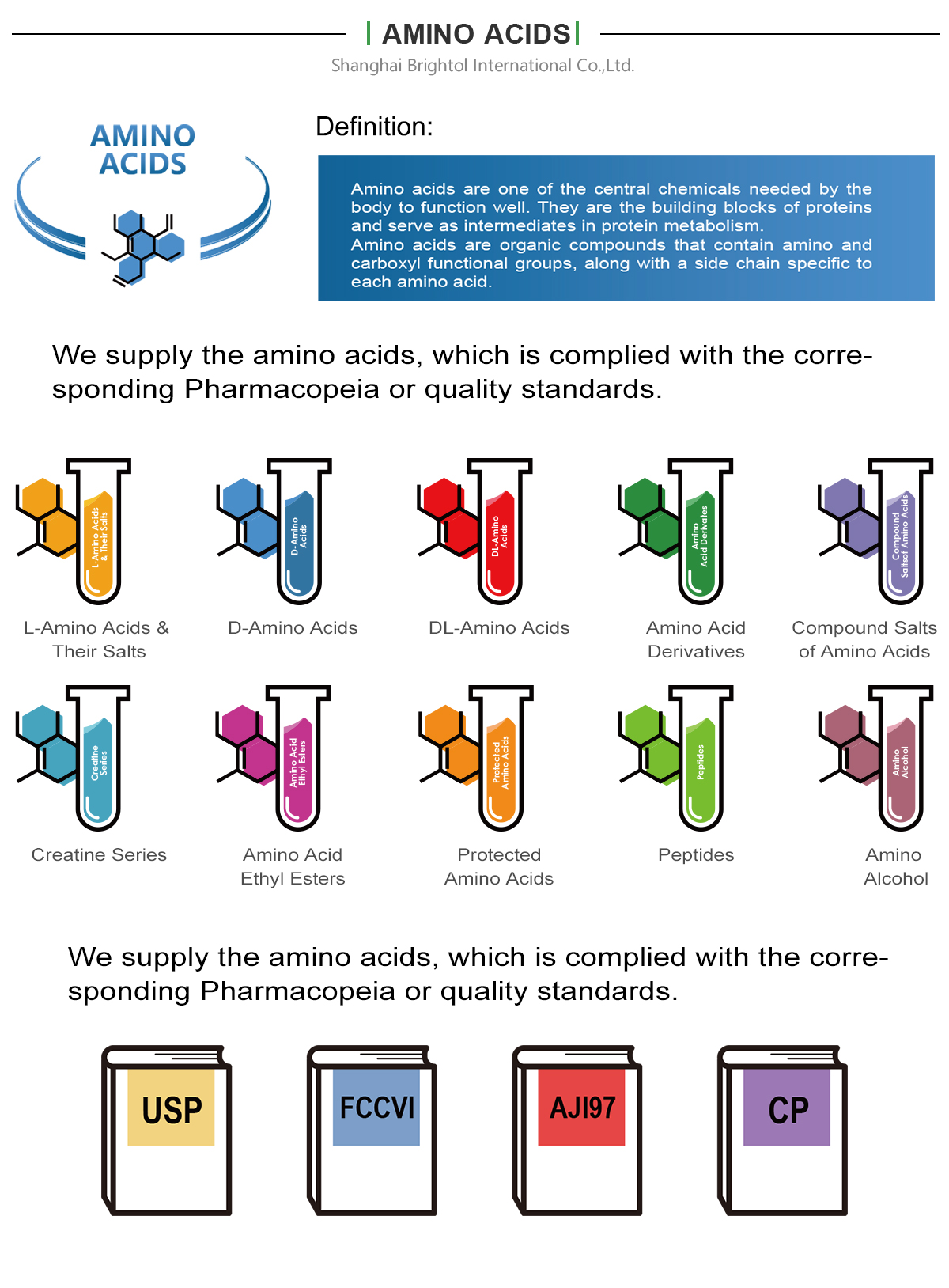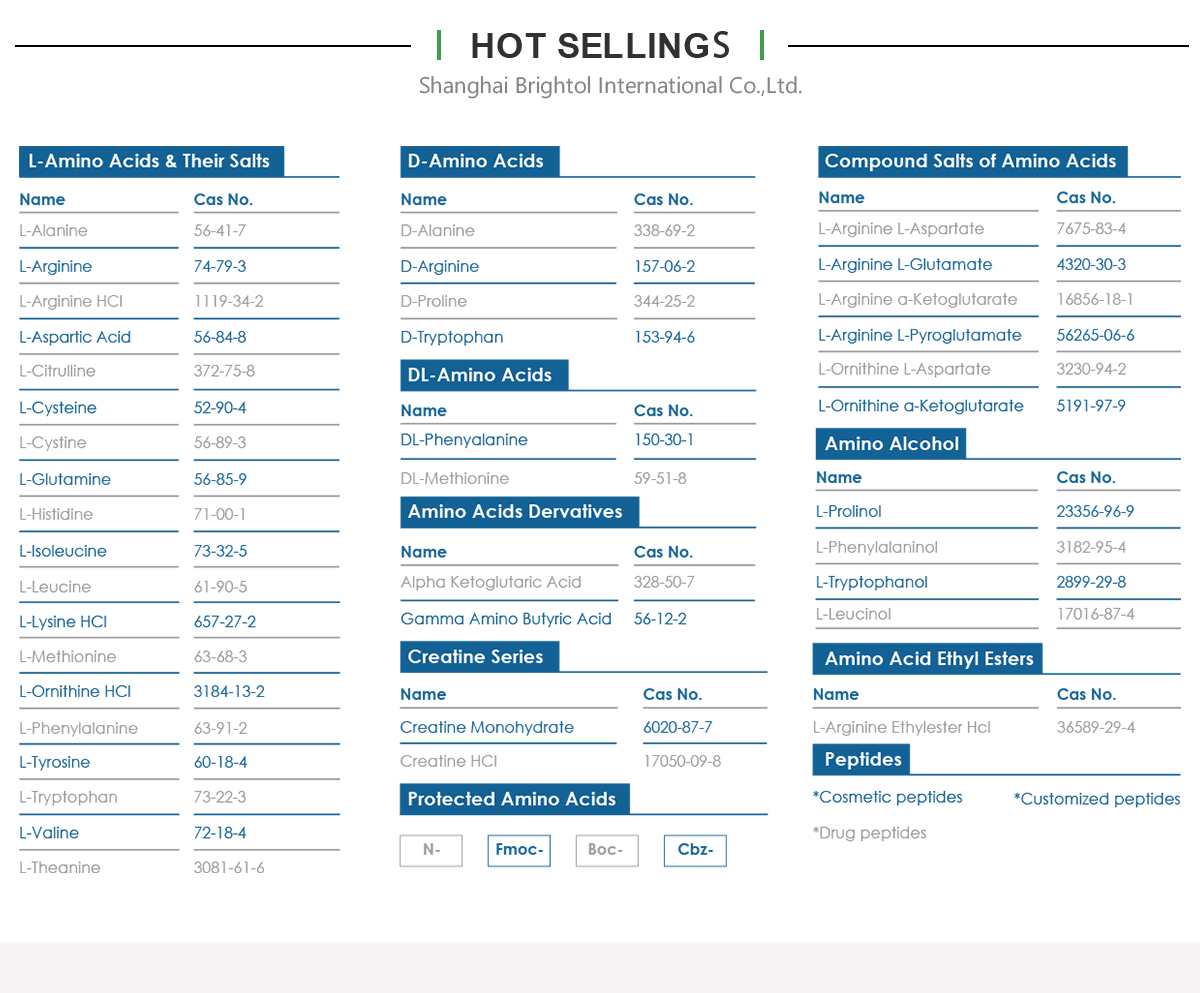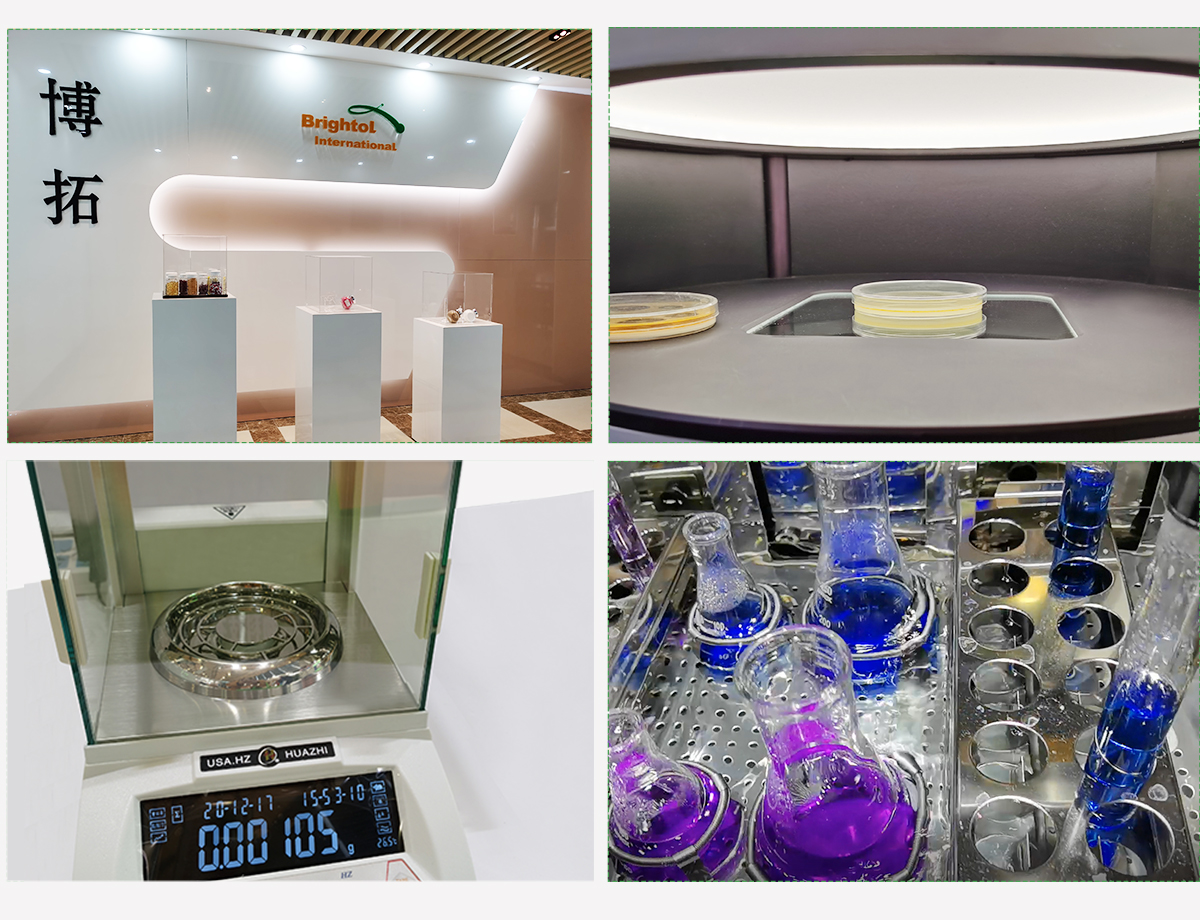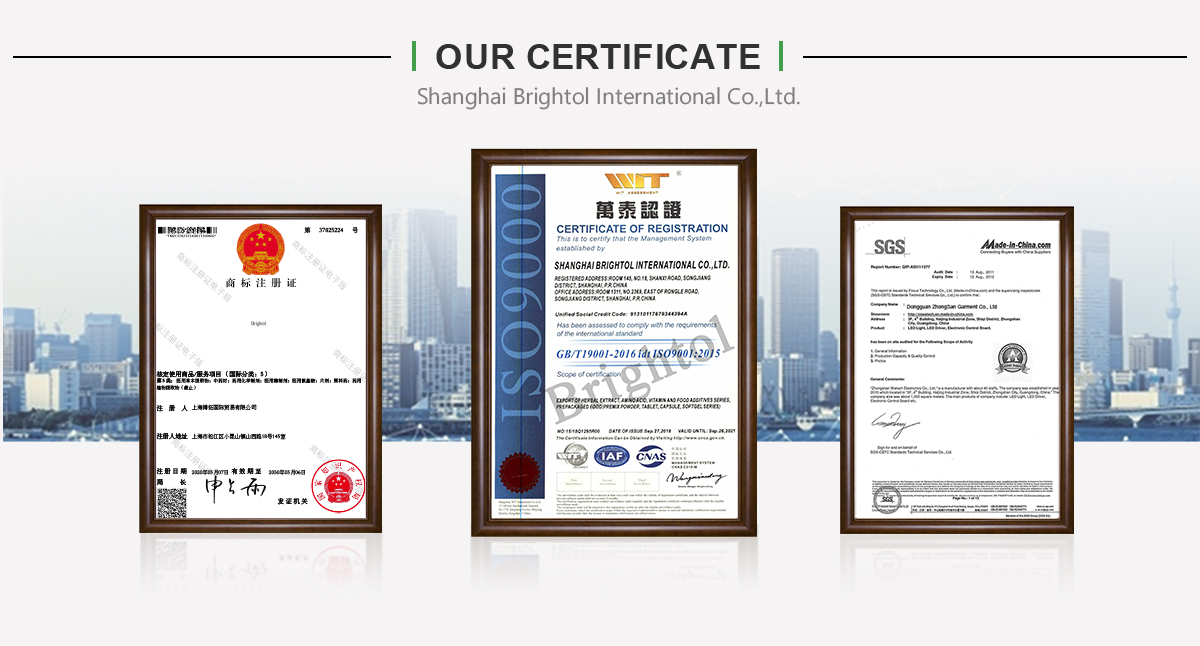

Product Name: L(+)-Tartaric acid
Synonyms: (+)-Tartaric acid; L(+)-Dihydroxysuccinic acid; Natural tartaric acid
Molecular Formula: C4H6O6
Molecular Weight: 150.09
CAS No.: 87-69-4
EINECS: 201-766-0
Description
Tartaric acid is a white, crystalline organic acid that occurs naturally in many fruits, most notably in grapes, but also in bananas, tamarinds, and citrus. Its salt, potassium bitartrate, commonly known as cream of tartar, develops naturally in the process of fermentation. It is commonly mixed with sodium bicarbonate and is sold as baking powder used as a leavening agent in food preparation. The acid itself is added to foods as an antioxidant E334 and to impart its distinctive sour taste.
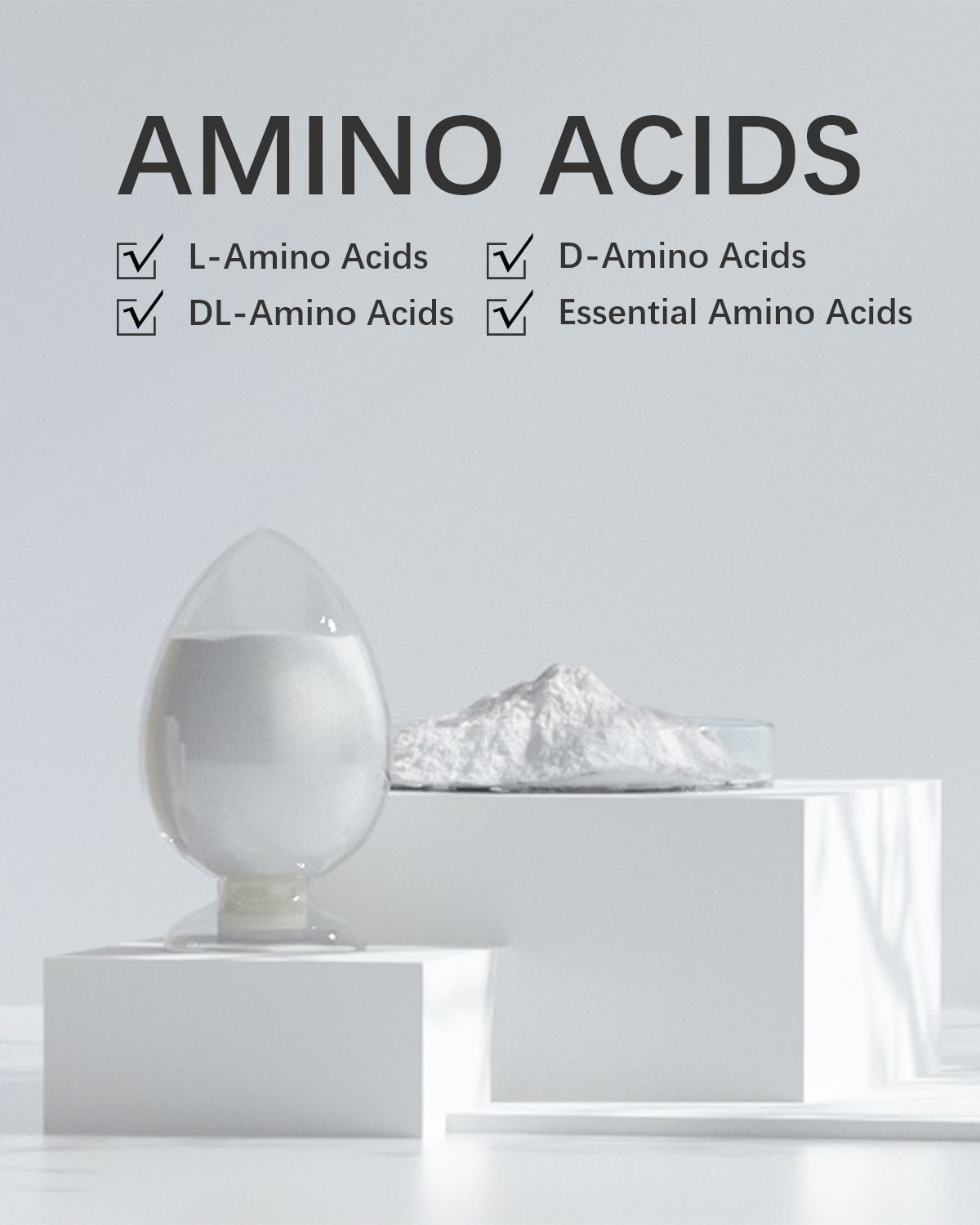

Product Name: L(+)-Tartaric acid
Synonyms: (+)-Tartaric acid; L(+)-Dihydroxysuccinic acid; Natural tartaric acid
Molecular Formula: C4H6O6
Molecular Weight: 150.09
CAS No.: 87-69-4
EINECS: 201-766-0
Description
Tartaric acid is a white, crystalline organic acid that occurs naturally in many fruits, most notably in grapes, but also in bananas, tamarinds, and citrus. Its salt, potassium bitartrate, commonly known as cream of tartar, develops naturally in the process of fermentation. It is commonly mixed with sodium bicarbonate and is sold as baking powder used as a leavening agent in food preparation. The acid itself is added to foods as an antioxidant E334 and to impart its distinctive sour taste.
Benefits
1. Boosts Immunity:
Tartaric acid is a great source of antioxidants that protect your body from life-threatening diseases in the long run. Not just that, it boosts immunity and keeps you healthier and fit in the long run. So, if you want to improve your overall health, choose fruits that contain tartaric acid. Some obvious sources include apricots and apples.
2. Excellent Digestive Aid:
Another health benefit of tartaric acid is that it aids digestion and fights flatulence. It improves intestinal absorption as well which will increase the rate at which healthy nutrients flow into your bloodstream.
3. Improves Glucose Intolerance:
One of the most surprising benefits of tartaric acid is that it significantly improves glucose intolerance. This definitely be considered useful to those who are highly sensitive to glucose.
Uses
1) It is used to improve the taste of oral medications
2) It is used to chelate metal ions such as magnesium and calcium
3) It is used in recipes as a leavening agent along with baking soda
4) It is used as an antioxidant
5) It is as one of the important acids in wine
6) It is used in foods to give a sour taste
7) It is sometimes used to induce vomiting
8) It is used to make silver mirrors
9) In its ester form, it is used in the dyeing of textiles
10) It is used in the tanning of leather
11) It is used in candies
12) In its cream form, it is used as a stabilizer in food
